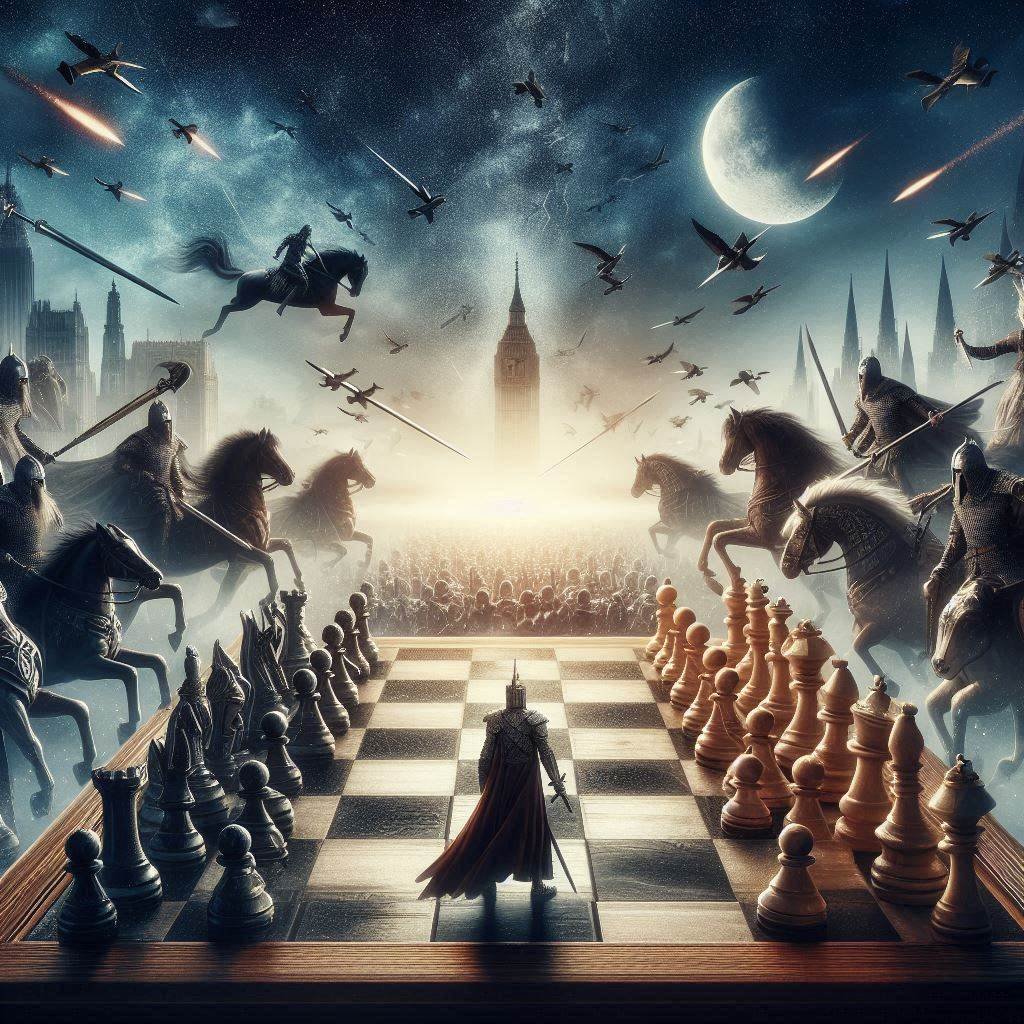Episode 4: The Structure of Music - Part 1
FULL TRANSCRIPT
Hey, guys. David here. With the next episode of this Follow Your Art Podcast. I think we're on 4, but if not, you'll see it in the title as either 4 or whatever it is. So today, I wanna cover something real simple.
I'm gonna get to the point. It's, in a nutshell, the structure of any given song that I write in terms of lyrics and the melody of the vocals. So structure wise, what do we have there? That's it. I'm not gonna cover anything outside of that.
I can cover stuff like that in another video, but right now, it's all about the structure. So what do I mean by structure? I'm talking about when you have a finished product, what is in place at the end of it that has been created, that you've done, not underneath the surface in terms of what needs to be there for the structure to be in place. Again, that's beyond the scope of what I'm covering now. But really, it comes down to the fact that if you've if you've finished something, people are gonna make sense of it.
Right? If you've made something, people are gonna go, oh, that makes sense. Or they're gonna say, oh, that doesn't make sense. But to them, whatever sense is actually made from that is the structure in place. For example, if the song is a popular culture song where it's playing on the radio all the time, chances are it's got a chorus in it.
Songs that don't have a chorus may not be on the mainstream, because they don't have hooks. They don't have stuff that and what is a hook? A hook is a chorus. Chorus is a hook. If your hook is good, the rest of it takes care of itself largely, because it's just, oh my god, this is so catchy or stuck in my head or whatever.
That's the experience of people who have heard the structure of the song and they like it. Now, some songs are a little more free from that structure in particular, in terms of they don't need a chorus. Maybe the song itself is just one big verse, which is to say nothing in the song gets repeated. With the chorus, that part of the song will get repeated, and maybe even a pre chorus part. So you have a verse, which is to say, a part of the song that's not being repeated and is not, I mean, it's outside the chorus.
Your chorus is the part that's gonna draw most people in. The verse is gonna be the part maybe they hear it and it's like the most intricate part of the lyrics. Right? It could be, like, really intricate and in-depth. And, however, the part that is gonna get repeated is the most memorable.
Right? And largely, not all of songs, but largely, that's gonna be your chorus. And if you have a catchy chorus, you're more likely to get people singing with you. Right? They can memorize that really easily.
They can remember that part of the song really easily because it's already been repeated to them, and now it can be repeated from them. They can sing it with you, especially if it's like an anthem type song, depending on what you're going for. Again, what kind of song are you actually trying to create? Indie songs, piano songs, rock songs, it's what you wanna make out of it. And for the most part, the central structure you're gonna see is multiple verses, one chorus that gets repeated.
So multiple verses that don't get repeated, one chorus that gets repeated, and maybe a bridge. That's the central. That's it. That's the whole thing in a nutshell, the structure itself. If you're saying, still, I don't know what that means, just start writing. I'm gonna keep it really, really simple.
If you don't know what that means, just start writing. I'm gonna say something that you might find insulting at first, but it's not meant to be. It was, it's that idea that if you put a monkey, you know, in the center of the universe and it's just typing away, and this is I think was eventually is essentially used to explain the Big Bang Theory, but it could be used to talk about anything. In terms of, if you put the monkey in at center of the universe and he's just typing on a typewriter. Right?
At first, he's there's not gonna be any sense made and maybe there never will be if he exists in that same head space as he is when he first starts writing. If he just keeps typing no matter what, regardless, for an eternity, he could type as much as he wants. This ever-flowing scroll just keeps coming on. He just keeps typing away. It is said that at some point, he will type the alphabet.
Like like, you and and in my mind, what you're hearing with that is you could just start writing no matter what and eventually from the nonsense, order can happen, order can come from that. So you just keep typing and eventually you're gonna find the structure that works for you. But you have to actually do it, right? You've gotta actually set out to create this thing. And maybe when you're creating the melody, right, the way the pitch goes and how fast and how slow it is and the texture of the vocals, what you're really saying is in that song, right, how do you actually come out of that with the possibility of it actually being something that's memorable and fun and catchy.
Right? Something that is not necessarily for the entire world, but for those select few that actually really enjoy hearing your particular voice and your particular sound. Right? And your way of doing this thing called music. That being said, I'm gonna leave it there.
I just wanted to talk about that a little bit and tell you, if you wanna do the writing thing, just start typing. Just start writing. Just start putting the pen to the paper, in essence. And eventually, no matter how long if you're you know, no matter how long, eventually, something, order can come from the chaos. Cool?
Alrighty. Thank you for listening. I will talk to you soon.





